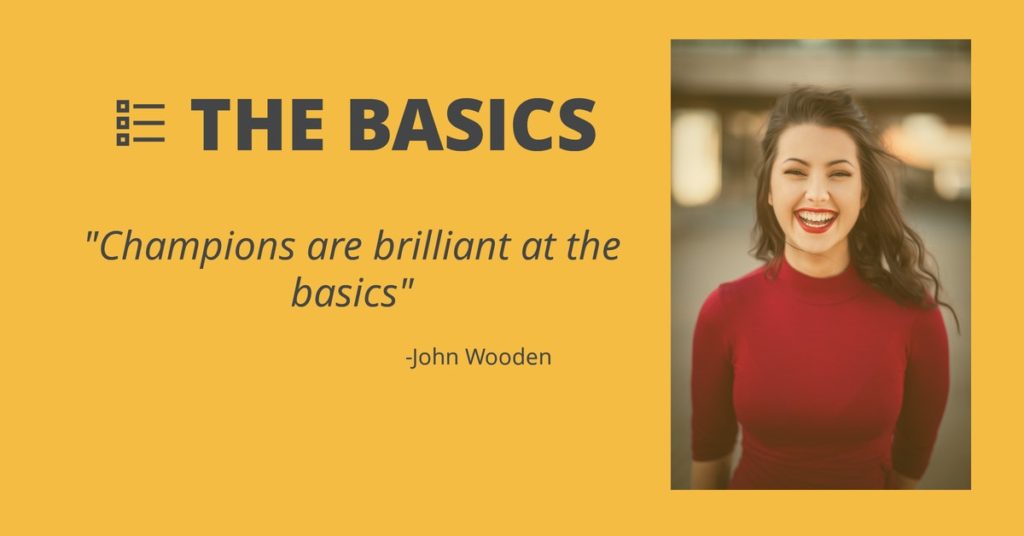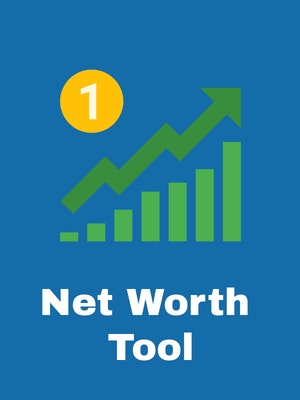
It is easy to confuse a good income with wealth. Read the following quote from the authors of The Bogleheads Guide to Investing, a book inspired by the investment advice of John C. Bogle, founder of Vanguard Investments.
“From the time we are old enough to understand, society conditions us to confuse income with wealth. We believe that doctors, CEOs, professional athletes, and movie actors are rich because they earn high incomes. We judge the economic success of our friends, relatives, and colleagues at work by how much money they earn. Six- and seven-figure salaries are regarded as status symbols of wealth. Although there is a definite relationship between income and wealth, they are very separate and distinct economic measures. Income is how much money you earn in a given period of time. If you earn a million in a year and spend it all, you add nothing to your wealth. You’re just living lavishly. Those who focus only on net income as a measure of economic success are ignoring the most important measuring stick of financial independence. It’s not how much you make, it’s how much you keep.”
The most correct long-term measurement of wealth is net worth. Put simple, net worth is the difference between your assets, things you own and your liabilities, debt you owe.
Calculate your net worth by adding up the your assets (bank accounts, home, etc.). Next, subtract the total amount of money you own (credit card debt, mortgage, auto loans etc.). What remains is your net worth. Subscribe to SSM and receive a free Net Worth tool to help simplify your calculation.
Related Article: How to Correctly Measure Financial Success: It’s Not How Much You Make, It’s How Much You Keep.

The C.E.O. Spending Framework
I try and use thinking frameworks and principles to guide my actions and decision making. The C.E.O. spending framework is how I think about expenditures. The C.E.O. framework allows me to quickly visualize how efficient I am with money and see if my spending aligns with my values and principles.
C.E.O. stands for Core Living Expense, Experiences and Other Discretionary. Subscribe to SSM and receive a free Cash Flow tool to help implement the C.E.O framework in your life.
Related Article: Introducing the C.E.O Spending Framework.
It has been said that debt makes the good times better and the bad times worse. When used properly, debt enables the average American to own a home and a car. When used without restraint, debt can become a crushing financial burden and a long-term drain on hard earned cash.
There are two tried and true strategies for reducing debt.
1. The Psychological Method. This method, sometimes referred to as the debt snowball method aims to boost morale by paying off smallest debts first. Order debt balances from lowest to highest. After making the minimum payment on all debts, throw every extra penny at the debt with the lowest balance and pay it off first. When the debt with the lowest balance is gone, move on the next lowest balance and repeat the process.
2. Interest Rate Method. This method, sometimes referred to as the avalanche method provides a structure to help you reduce debt and pay as little interest expense as possible. Order your debts by interest rate from highest to lowest. After making the minimum payment on all debts, throw every extra penny at the debt with the highest interest rate and pay it off first. When the debt with the highest interest rate is gone, move on to the next highest interest rate debt and repeat the process.
Learn more by reading How to Get Out of Debt: 10 Strategies That Work!
Join the Conversation!
Subscribe and receive free Net Worth and Cash Flow tools.
Plus, receive new and exclusive content delivered straight to your inbox! No spam!




